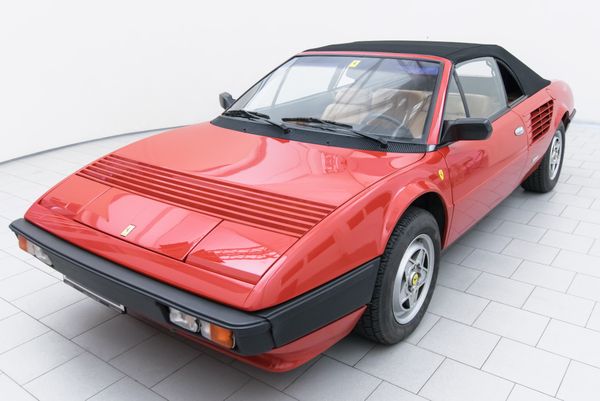Audi 100 LS
€ 15,450.-
Car-ID: OT0519Vehicle Description
Audi 100 LS, rare two-door sedan with coupé character
– 1.8 L in-line four-cylinder petrol engine with 74 kW (100 hp) and 4-speed manual gearbox
– First registration 01/1971 in Sweden
– Registered in Germany since 2010
– Owned by the last owner since 2018
– 13,000 km speedometer reading
– Heated rear window, exterior mirrors right, car radio, rev counter, chrome wheel trim rings,
Chrome wheel covers, fog lights
– 2020 Gearbox revision, € 3,520
– 2021 Underbody, cavities sealed with Mike Sanders material, € 1,560
– 2022 Exhaust system, ignition coil, ignition distributor (Pertronix), water pump, € 2,700
– Audi service pass, operating instructions, invoice receipts, original available
– Audi vehicle identity certificate
Overall, the 100 LS is in an above-average and well-maintained condition
The Audi is a water-cooled car with a front engine and front-wheel drive – a radical 180-degree turnaround in the eyes of the VW community. Not only was the mechanical concept completely alien to VW fans, the marketing concept also contradicted their previous ideas. The Audi, especially the 100 LS, is not a people’s car. It is a mid-range luxury saloon. It gives the impression of being an alternative to a Mercedes. The body differs from the traditional Mercedes styling primarily in that the profile (especially in the front and the wings) is more rounded, i.e. ‘softer’. And, of course, the traditional Mercedes radiator grille is missing, replaced by a horizontal opening containing the old Auto Union emblem with the linked rings. The engine was based on the ‘medium-pressure engine’ of the Audi F103 adopted from Mercedes, a conventional design with a side camshaft and pushrods. It was reliable and economical. The body and engines were modified in the following years. The pricing of the first generation of the Audi 100 was unusual for the time, as the two-door saloon was just as expensive as the four-door until 1972. The Audi 100 made a significant contribution to the VW Group being able to free itself from a poor financial situation. Its successor, the C2 model, was presented to the public in 1976.































